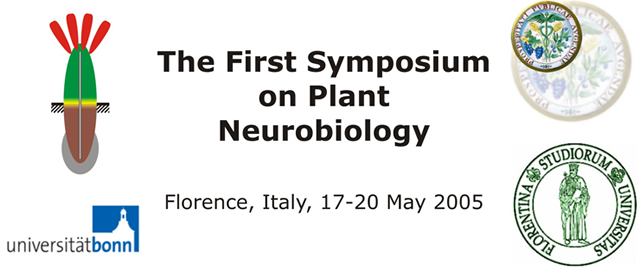|
The synapse is a hallmark of the animal nervous system, sited literally at the
crossroads between electrical and chemical information. Plants don’t have synapses, so it provokes
surprise to discover that plants do have proteins that are homologues of ionotropic glutamate receptors. In
animals, these receptors are synaptic cation channels, whose opening is gated by the neurotransmitter
glutamate. In plants, we have found that glutamate receptors appear to be key players in signal transduction.
Our data suggest that in the presence of aluminum, plant roots secrete glutamate, which binds to its receptor,
allowing a calcium influx. The calcium transient leads to plasma-membrane depolarization as well as
depolymerization of the cortical microtubules, both actions that will spread the message throughout the cell.
Our original work was done with Arabidopsis roots and we are now finding a similar response network
in wheat. This work suggests that in plants the concentrated synapse and brain of animals are replaced by a
delocalized intelligence. |

